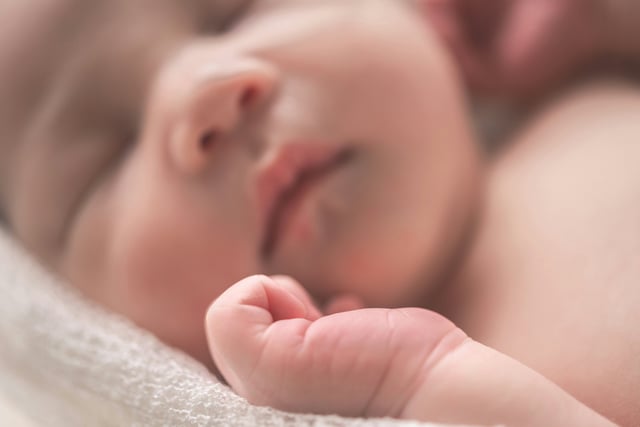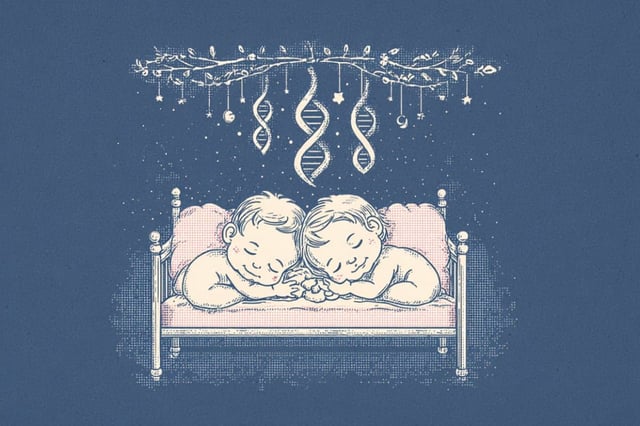Overview
- Researchers surveyed parents of 1,000 Swedish twin pairs at two and five months and will follow them up to 36 months to trace evolving sleep and crying patterns.
- Genetic factors explained about half of crying variation at two months and increased influence to roughly 70% by five months.
- Night awakenings and time to settle were mainly shaped by environmental elements such as sleep routines and the child’s sleeping environment.
- By comparing monozygotic and dizygotic twins, the study differentiated hereditary effects from shared home and socio-economic influences in a longitudinal framework.
- Unexplained behavioral variance was attributed to unique environmental factors, prompting calls for targeted studies on modifiable influences to improve infant sleep.


